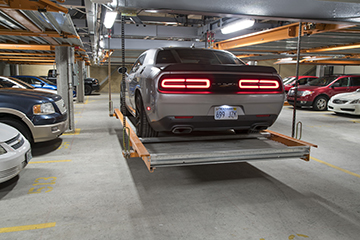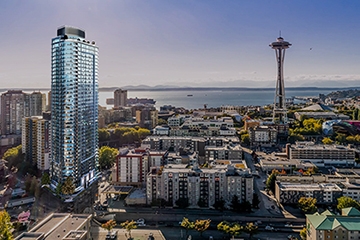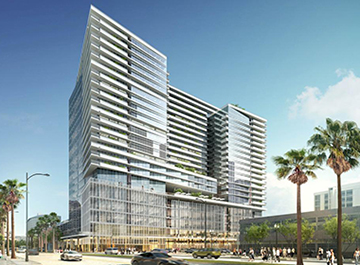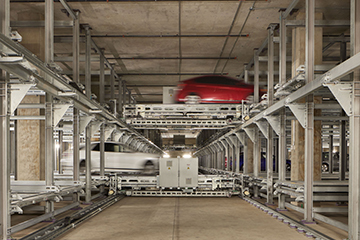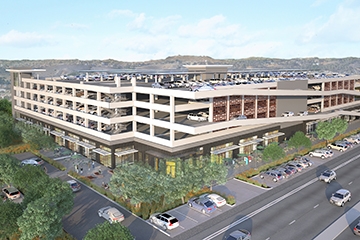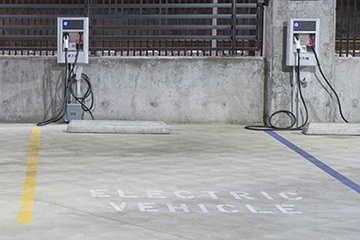Original Source: "The Rise of Automation’s Mass Adoption" by David LoCoco for Parking Magazine
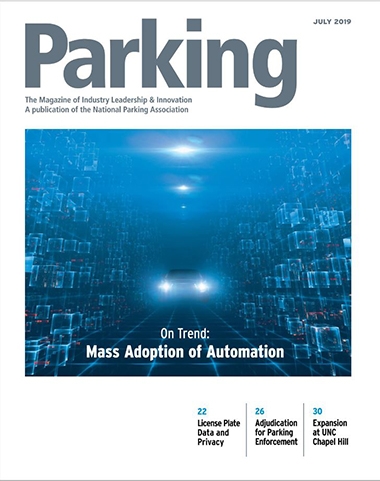
Not long ago, a mechanical or automated solution may have seemed like an unrealistic option to provide enough parking for a project. In the last two years, however, mechanical and automated parking solutions — which have been prevalent in Europe for years — have dramatically increased in popularity across the U.S.
These systems have proven to be viable and effective given the right circumstances, but this rapidly growing and changing industry has a great deal of complexity and nuance. There are several trends driving and influencing automated parking as well as differences in trends within the two types of systems.
Trends That Increase Viability
Unlike in Europe and Asia, where urban density has been a driver for change, the urban and suburban sprawl found in the U.S. means that transition has come more slowly. Recently, though, a few factors have shifted the paradigm.
A New Economic Landscape
As building and property costs increase, urban cores densify, buildings grow taller, and building footprints shrink, innovation in parking design will bring a high value and ROI. Mechanical and automated parking solutions offer an alternative to providing enough parking within a smaller footprint.
Site Condition Factors
Conditions at the parking site can pose challenges for traditional parking design that mechanical and automated solutions can help overcome. These conditions include:
- soil conditions that are not favorable for adding subterranean levels
- the cost of excavation and shoring for subterranean levels
- floor-area ratio limits
- height limits
- any combination of these conditions
Valet Parking Optimization
Valet parking has been used extensively to personalize the parking experience and can be effectively integrated into mechanical and automated systems. Valets can make parking more user friendly as well as provide an alternative means to make a slower system more efficient.
User Experience Enhancement
The role of user experience (UX) has impacted all new technology, and automated parking is no exception.
Different types of automated parking systems offer a wide range of UX design when it comes to customers interacting with the system. This is especially true if the system does not include a valet component.
Some systems require user training, which may be a good fit for residential or office projects, while others are more intuitive for casual users.
A Closer Look at Mechanical and Automated System Types
Mechanical parking and automated parking are broad terms that refer to mechanized parking solutions, from simple mechanical lifts to fully robotized equipment that requires virtually no human interaction to operate.
Several types of systems are available with dozens of variations among manufacturers, nearly all of which come with some degree of flexibility and customization.
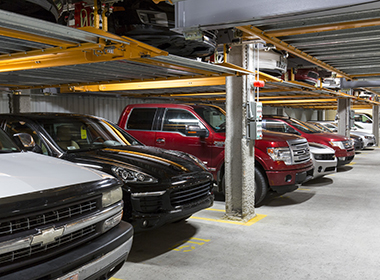 This valet-operated stacking system serves a residential development in Wichita, KS.
This valet-operated stacking system serves a residential development in Wichita, KS.
System Classifications
One way to classify mechanical and automated parking systems is by looking at how a car is delivered into the system.
Stacking system: Stacking systems require the user or valet to park the vehicle inside the system.
The driver parks the car in the space where it will be stored, even if that space is not its permanent location, such as on a mechanical lift or sliding pallet that can then be shifted vertically or horizontally.
Fully automated system: With a fully automated system, the user leaves the car at the front end of the system, usually in a transfer cabin, and never enters the parking system itself. The system is responsible for selecting an available space, storing, and later retrieving the vehicle.
A second way to classify these systems is by how cars are accessed within the system.
Dependent system: In a dependent system, accessing a car or empty space requires a human to move another car. Because of this, a valet solution often facilitates the process. For example, retrieving a vehicle suspended by a mechanical lift that can only be raised or lowered requires moving the car below.
Independent system: Independent systems do not require a human to physically move a car to reach a parked or suspended vehicle. For example, a pallet system with both horizontal and vertical movement can mechanically move a vehicle left or right to access a car stored above it without human intervention.
Cost Considerations
Each system has different costs and levels of maintenance; the overall cost will also be affected by construction. Stacking systems tend to be simpler, with lower costs and lower maintenance, than fully automated structures but often require hiring humans to select where the vehicle will be stored. Fully automated systems can cost significantly more than stackers but they can provide significantly higher capacity and greater density.
While automated systems can avoid costly subterranean excavations or free up valuable square footage for revenue-driven uses, their accommodations, however, may impact upfront construction costs. For example, most systems require increased floor-to-floor heights over traditional parking structures.
Mechanical and automated parking systems have unique needs that require a specialized maintenance provider. As systems become more prevalent, these specialized maintenance costs, however, may go down in price.
Other Factors to Consider
Selecting a mechanical or automated system will also be influenced by the following factors:
- What are the throughput and capacity needs for the area served by the system?
- Considering infrastructure needs, constraints, and design, will the system run on hydraulics or electric?
- How will the system minimize disrupting users, either during installation and routine maintenance or during power outages, emergency maintenance, and other unforeseen circumstances?
- How will the system be integrated into the overall building design?
Plan for the Future
Innovation in mobility technology will continue to impact how automated systems are adopted as well as what they need to be designed for.
Driverless Cars
The impact of driverless cars on parking is still unclear, however, driverless cars do make it possible to store more cars in a smaller volume of space. Driverless cars also include some of the design provisions necessary for adaptive reuse. Should demand decrease, the equipment can be removed from the automated system and the space repurposed.
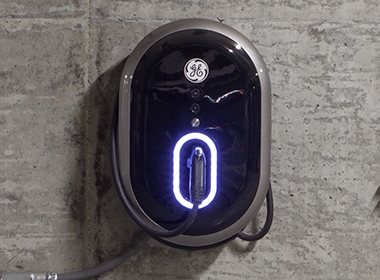
Integrate EV Charging
Electric vehicle (EV) charging poses a challenge with mechanical and automated parking because the charging system must be compatible with a moving platform. A lack of a universal standard both for EV charging ports and their location on a given vehicle adds another layer of complication. EV charging must be inherently flexible and adaptable to be compatible with a mechanical or automated parking system.
Vehicle Size Matters
While most mechanical and automated parking solutions can easily accommodate sedans, larger vehicles such as minivans, SUVs, and trucks can pose a challenge. Accommodating them is an important design consideration, especially because different sized cars are more popular in different regions and the trends toward larger or smaller cars vary over time.
Code and Regulatory Challenges
Regulating this rapidly changing industry is largely uncharted territory. Many cities are scrambling to develop a set of code standards to govern their use, and misunderstandings often arise. Owners, designers, system vendors, and city agencies will need to collaborate extensively while designing a project incorporating these solutions to achieve the desired results.
While it may seem like a daunting process, record numbers of projects are integrating these solutions successfully. As we work together to address and overcome these challenges and better understand how mechanical and automated parking can benefit us, this industry will continue to grow and flourish.
Mechanical or automated parking systems are becoming more prevalent in the U.S. Still, designers have plenty to consider before choosing to include one of these systems for a current or future project. Here are four questions to address:
- What site conditions make the system necessary but also may complicate construction?
- Will the system include some human interaction, such as with a valet, or will it need to be user friendly to the average driver?
- How will the system incorporate or plan for driverless cars? Electric cars? Larger or smaller cars?
- What current and potential future codes and regulations affect the site?


